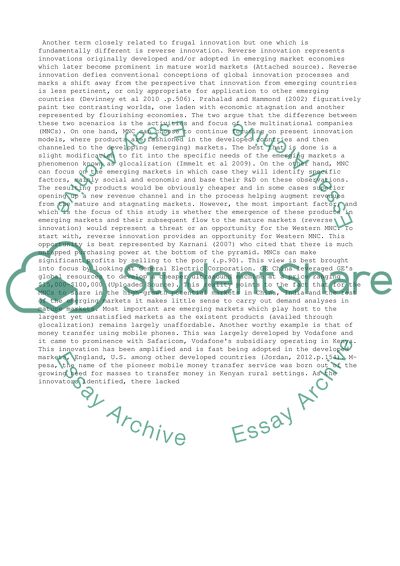Cite this document
(“Frugal Innovation: What is the difference between frugal innovation Essay”, n.d.)
Retrieved from https://studentshare.org/business/1473008-frugal-innovation-what-is-the-difference-between
Retrieved from https://studentshare.org/business/1473008-frugal-innovation-what-is-the-difference-between
(Frugal Innovation: What Is the Difference Between Frugal Innovation Essay)
https://studentshare.org/business/1473008-frugal-innovation-what-is-the-difference-between.
https://studentshare.org/business/1473008-frugal-innovation-what-is-the-difference-between.
“Frugal Innovation: What Is the Difference Between Frugal Innovation Essay”, n.d. https://studentshare.org/business/1473008-frugal-innovation-what-is-the-difference-between.


